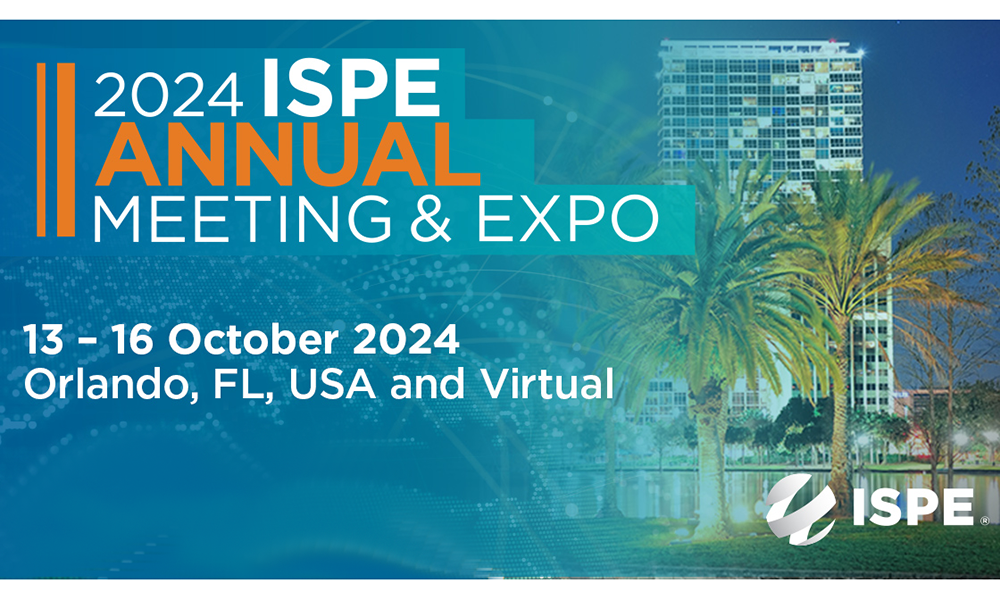In the past, we focused on the manufacturing process. This process starts with in-vitro transcription (IVT) where the mRNA molecule is enzymatically synthesised based on a DNA template. It is followed by various purification steps to render the final drug substance. Following the example of the Covid-19 vaccine, the drug product formulation involves encapsulating the mRNA molecule into lipid nanoparticles (LNP), which protect and facilitate the transport of the mRNA to the target cells once administrated to the patient.

We now need to consider the broader picture. Before the IVT step can begin, it is necessary to produce the specific DNA template. The manufacturing of the DNA template is currently based on plasmids. The synthetic DNA chain coding the target mRNA molecule is incorporated into a plasmid, which is then expanded through bacterial fermentation. Later, the plasmid is purified and linearised. This process can be seen as complex when compared to mRNA synthesis.
The manufacturing of the plasmid expands the limits for the manufacturing of mRNA-based drugs. On one hand, we need the facilities to produce the different DNA templates for each application and provide enough starting material for the IVT synthesis. For prophylactic vaccines such as the COVID-19 vaccine, where a large amount of DNA template is required for campaign production, the fermentation volume and purification unit operations (e.g. chromatography) will be large and produced on a campaign basis. For personalised therapeutic vaccines, where a small amount per patient is required, the volumes will be relatively small, and the facility should allow concurrent production of multiple plasmids avoiding cross-contamination and mix-ups.
On the other hand, it stresses where the GMP manufacturing of the mRNA starts: Is the manufacturing of the DNA template or plasmid part of the mRNA process, or it can be considered a starting material? The revision of PIC/S Annex 2A in 2021 addressed mRNA as a medical product within the ATMPs for the very first time. In Annex 2A the application of GMP to the manufacturing of plasmids is not directly enforced, instead, it is left to the criteria of national legislation. The EMA subsequently published a Q&A paper acknowledging that a GMP certification is not required but the manufacturing must comply with GMP principles. PIC/S Annex 2A and EMA Q&A set a regulatory precedent, even if is only applicable to ATMPs and the application of the EMA Q&A is limited to Europe. The industry now needs to define the relevant GMP principles using a risk-based approach.
The manufacturing of the DNA template will be the central theme of the mRNA track at the 2023 ISPE Biotechnology Conference in Dublin, Ireland. We will learn about its role in mRNA synthesis, examine plasmid manufacturing facilities, discover release specifications for plasmids, and review the current regulations on plasmids as starting material. We will also hear about the latest advancements in establishing a vaccine platform at Moderna. Don’t miss this unique opportunity!
Learn More & Register







